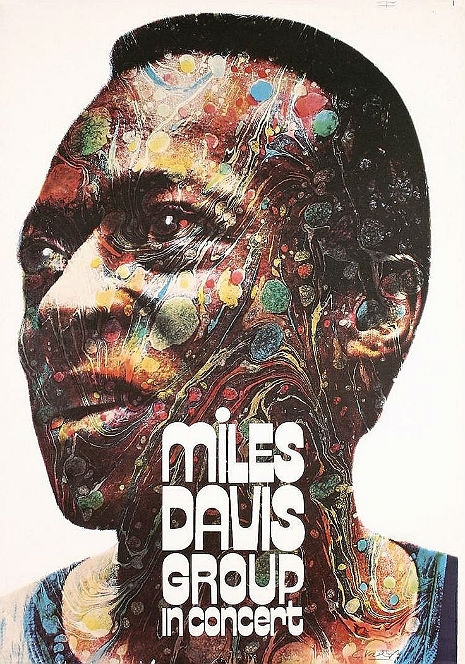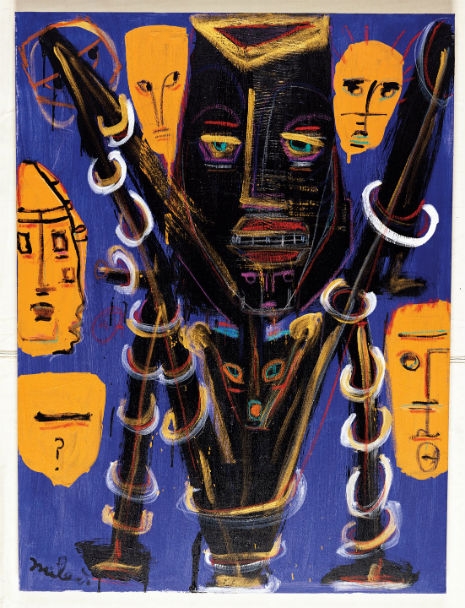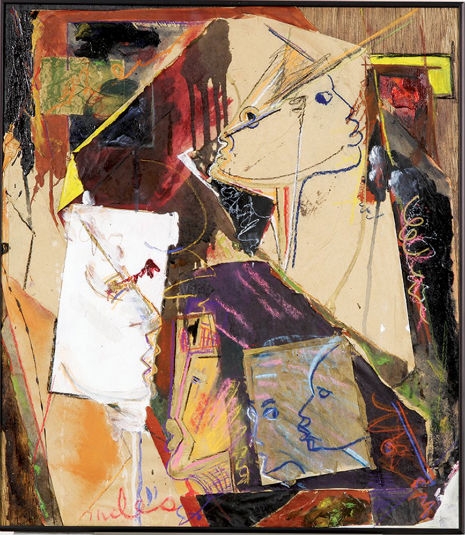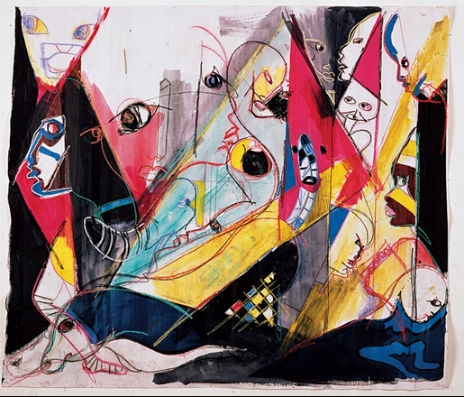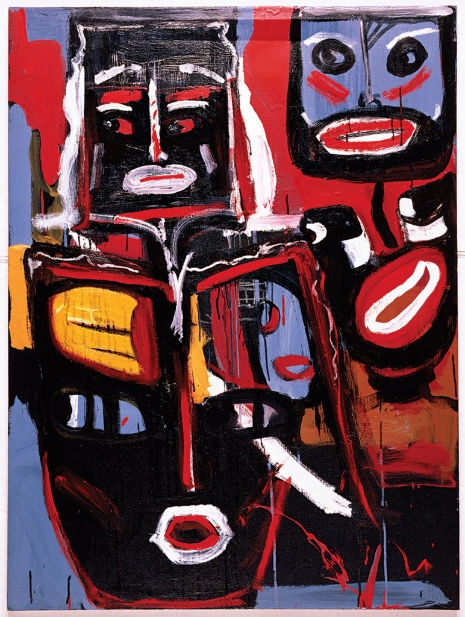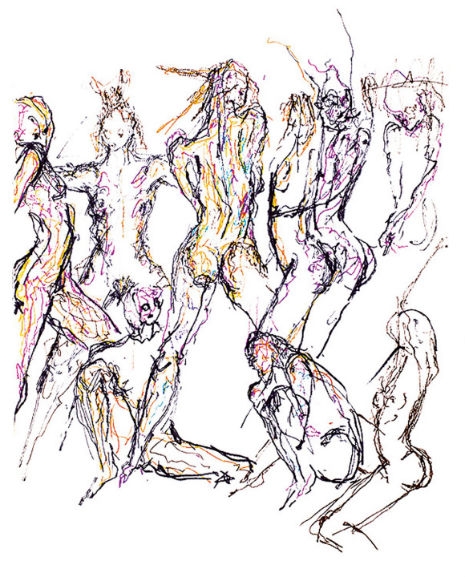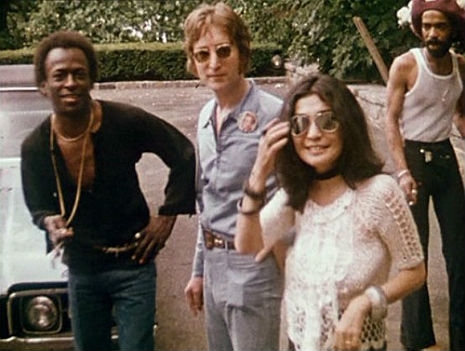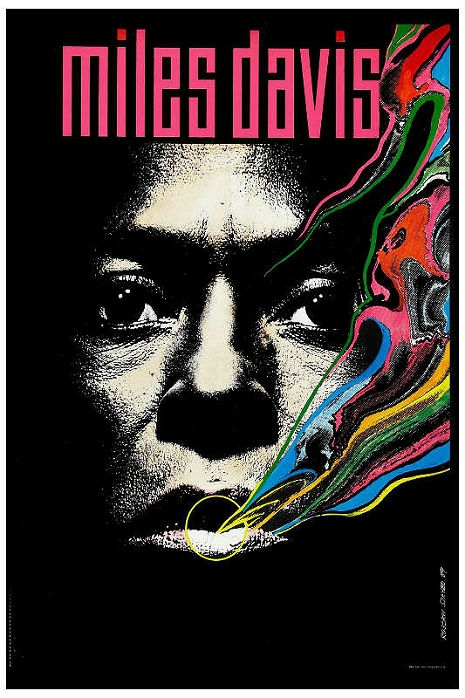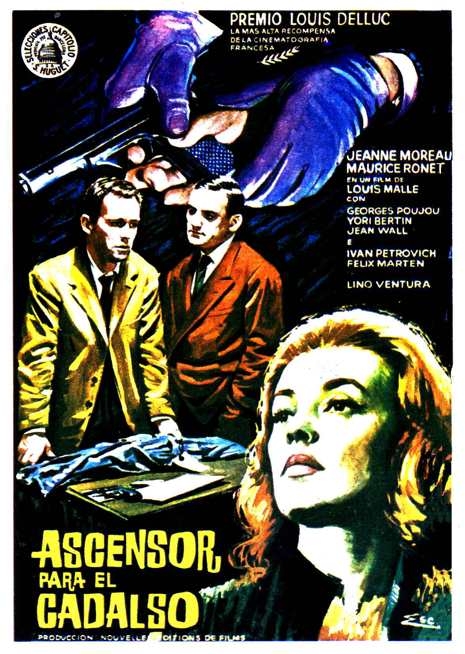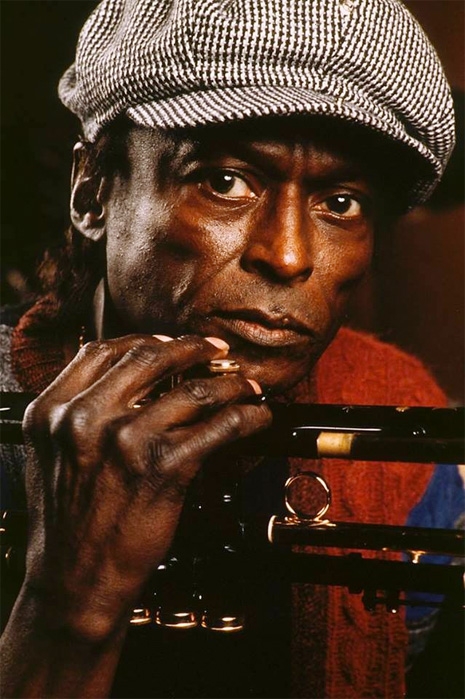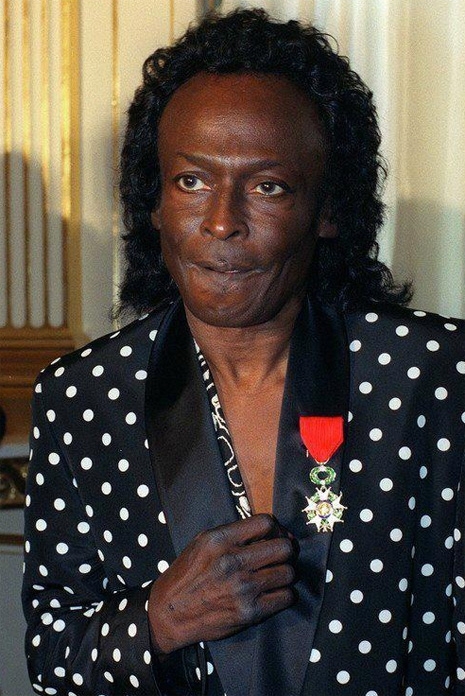
Back in the heyday of Demonoid, some magnificent person, or persons, unleashed a downlaodable ISO file that had been made from a quadraphonic reel to reel tape of Bitches Brew, the groundbreaking Miles Davis jazz-rock fusion album of 1970.
Quad was a four channel surround sound format the record labels tried out in the 1970s that was ultimately abandoned. For several years you could buy quadraphonic albums, 8-track tapes and reel to reel tapes (the ultimate “Rolls-Royce” audiophile format of the era) that decoded to four speakers. It was similar enough to today’s 5.1 home theatre systems except that today’s 5.1 music is mixed with an assumption of a front facing “home theater” listener, whereas with quad it was four speakers and you were more or less in the middle of it. No front or back orientation. It was as if you were standing in the room when it was recorded. Not in the booth, but with the band. Popular quad titles included Black Sabbath’s Paranoid (Imagine the sound effects of “Iron Man” swirling around you) and The Best of The Doors which included a live version of “Who Do You Love?” not released in another format and a mix of “Hello I Love You” with a 360 degree flanging sound effect. Gimmicky, but very cool. Quad was marketed as “music for people with four ears.”
But back to Bitches Brew. Every serious music fan would have to have at least some familiarity with this album. It’s justifiably included in every single “top 500” of all time lists and most “top 100” lists as well. It is in the top ten best-selling jazz albums of all time, too. I’m not going to “review” an album that’s been a well-established cornerstone of 20th century music, but I will say that hearing the performances on Bitches Brew in surround sound is an incredible revelation, almost like hearing it for the very first time.
Here’s why: There is a hell of a lot going on at the same time in Bitches Brew. There were two electric keyboard players. Joe Zawinul was placed in the left channel of the stereo mix and Chick Corea in the right. (They’re joined by the great Larry Young on a third electric piano in “Pharaoh’s Dance”!) There were two drummers, 19-year-old Lenny White’s kit is heard in the left channel and Jack DeJohnette is on the right. You had both Don Alias and Juma Santos (credited as “Jim Riley”) on congas and other percussion. Dave Holland played floor bass while Harvey Brooks played electric bass.
And then you still had Miles’ trumpet, Wayne Shorter’s sax, Bennie Maupin’s bass clarinet and John McLaughlin on guitar! This is a very “crowded” thing for two speakers to accurately reproduce, but the quad mix opens all of this up into a considerably wider sonic vista and gives the listener a very, very good spatial sense of who was standing where when the recordings were made and even how big the studio was. It’s probably as close as you can get to being in a room with Miles Davis playing his trumpet, like an audio hologram.

The album was recorded live on eight tracks over the course of three sessions (August 19-21, 1969) in New York and then extensively, even radically, manipulated in post production by producer and longtime Davis collaborator Teo Macero. Ray Moore (mixing and editing engineer) quoted by Paul Tingen, author of the fascinating book Miles Beyond: Electric Explorations of Miles Davis, 1967-1991 gives some insight into the recording:
Like In A Silent Way, Bitches Brew was recorded live on 8-track tape, which meant you had a lot of spill. Engineer Stan Tonkel complained to me that Miles wanted John McLaughlin right next to him, which meant there was a lot of trumpet on the guitar track. You had the good and the bad together on all the tracks, and a lot of information that you didn’t really want, which meant that we had to work hard on the mixing. Teo decided where the edits would be, and I executed them for him. Some of the edits were done on the original 8-track, others on the 2-track mix. The edits could be for musical, or for technical reasons, for example to correct levels. We also added effects to the mix, such as the repeat echo on Miles’s trumpet [which can be heard at the beginning of “Bitches Brew” and at 8:41 in “Pharaoh’s Dance”]. When I was working with Teo in the early 1990s on a recording of a performance by Miles in Newport in July 1969, I was surprised to hear that Miles was actually playing an effect like that. So he and Teo must have been talking about this effect before the recording of Bitches Brew.
The sessions included Davis compositions that had been developed live by the band, “Pharaoh’s Dance,” composed by Joe Zawinul and the Wayne Shorter ballad “Sanctuary.” Macero then worked his magic utilizing tape loops, delay, reverb chambers and echo effects. Macero’s contributions to Bitches Brew are well-documented. He would lift a few inspired bars from one thing and graft it on to another section, or repeat something in order to give the improvisations a structure that listeners would recognize as “songs.” It was an unprecedented way to work in a studio at that time.
Continues after the jump…






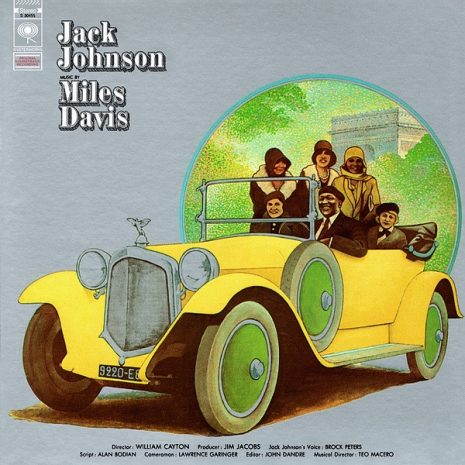



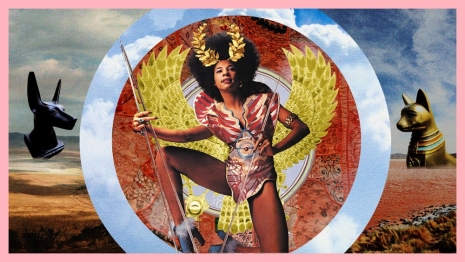
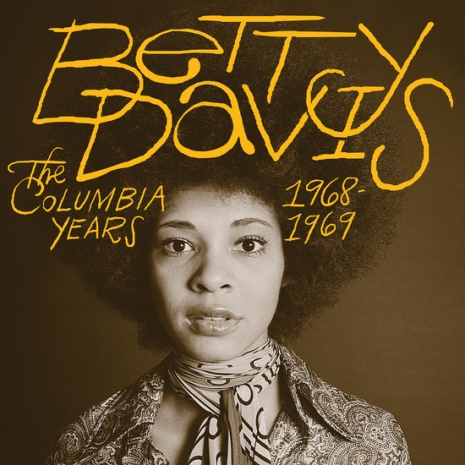




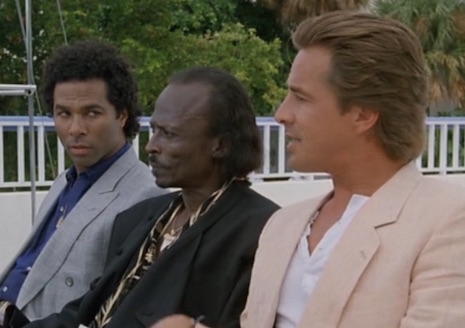
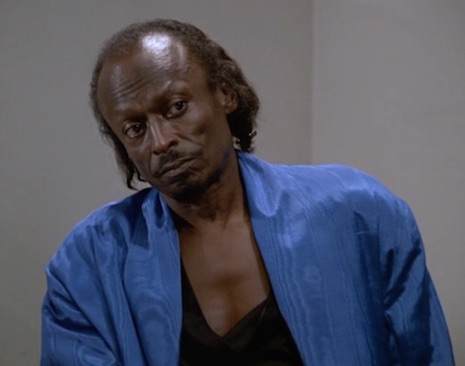

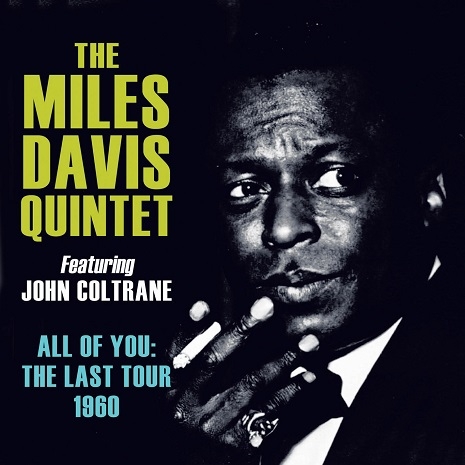


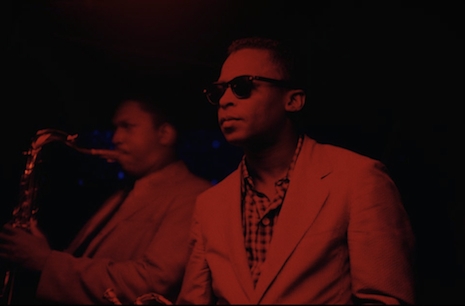
_465x450_465_450_int.jpg)
